Muzium El Greco




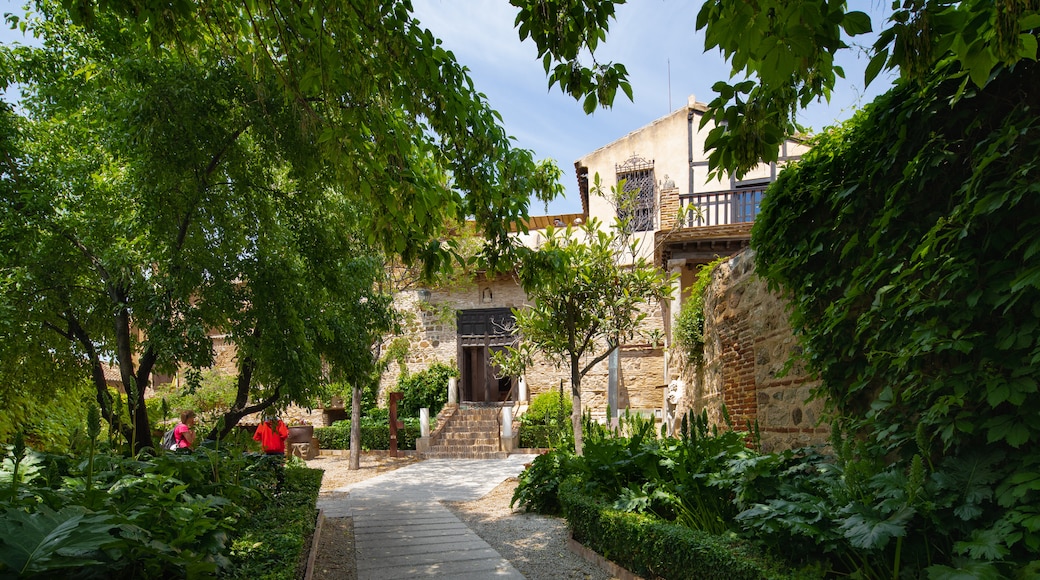
Kunjungi Muzium El Greco
Tempat popular untuk dilawati
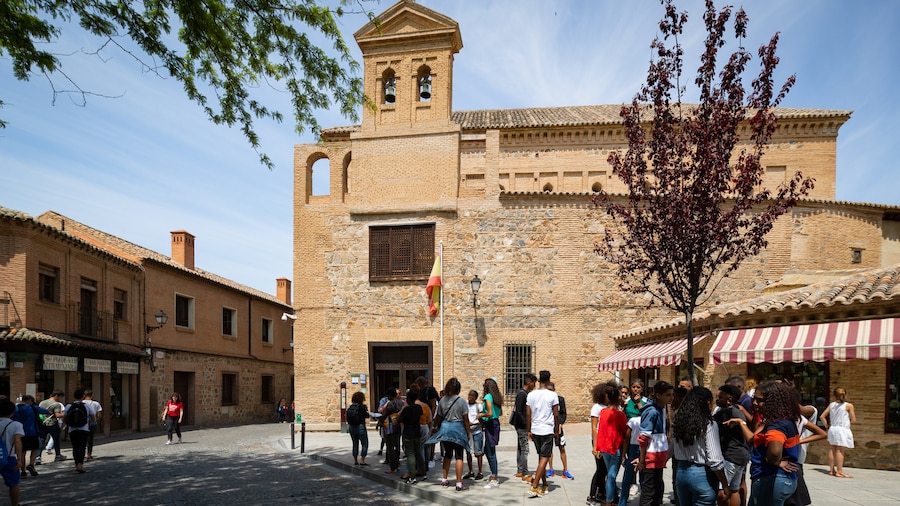
Saumaah El Transito
Anda boleh mengimbas bahan pameran di Saumaah El Transito, muzium dengan kisahnya yang tersendiri, ketika kunjungan anda ke Kawasan Yahudi. Ketika berada di kawasan budaya beraneka ini, luangkan masa untuk melawat katedral yang mengagumkan.

Muzium Victorio Macho
Anda boleh mengimbas bahan pameran di Muzium Victorio Macho, muzium dengan kisahnya yang tersendiri, ketika kunjungan anda ke Kawasan Yahudi. Ketika berada di kawasan budaya beraneka ini, luangkan masa untuk melawat katedral yang mengagumkan.
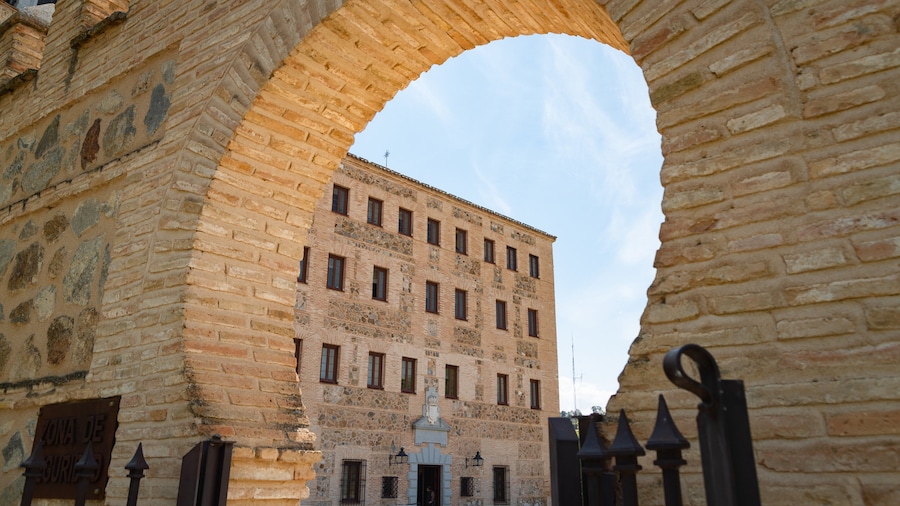
Bangunan Cortes de Castilla-La Mancha
Bangunan Cortes de Castilla-La Mancha merupakan salah sebuah tempat untuk dilawati di Toledo, jadi apa kata tambah rancangan anda untuk meneroka lebih banyak ketika kunjungan anda? Ketika berada di kawasan budaya beraneka ini, luangkan masa untuk melawat katedral yang mengagumkan.

Gereja El Salvador
Anda boleh pelajari tentang sejarah tempatan Kawasan Yahudi apabila anda berkunjung ke Gereja El Salvador. Ketika berada di kawasan budaya beraneka ini, luangkan masa untuk melawat katedral yang mengagumkan.
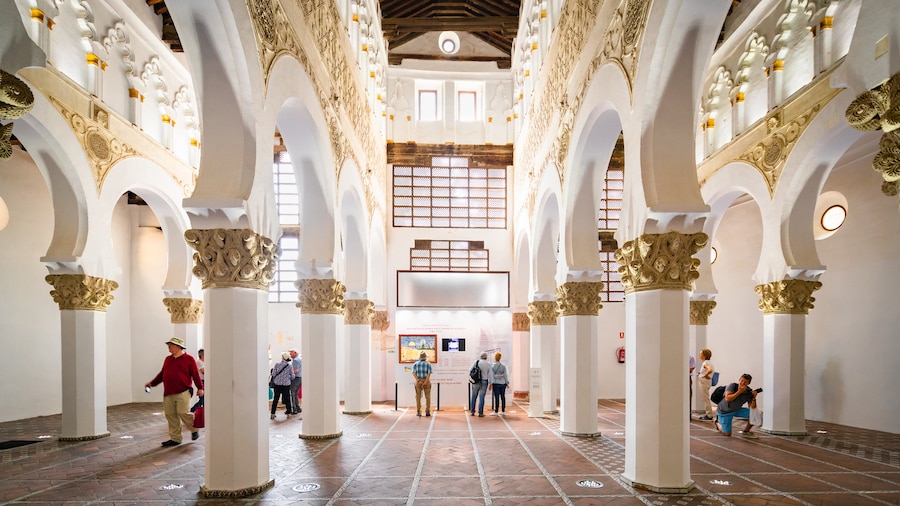
Saumaah Saint Mary the White
Anda boleh ketahui lebih mendalam tentang sejarah Kawasan Yahudi apabila anda singgah ke Saumaah Saint Mary the White. Ketika berada di kawasan budaya beraneka ini, luangkan masa untuk melawat katedral yang mengagumkan.
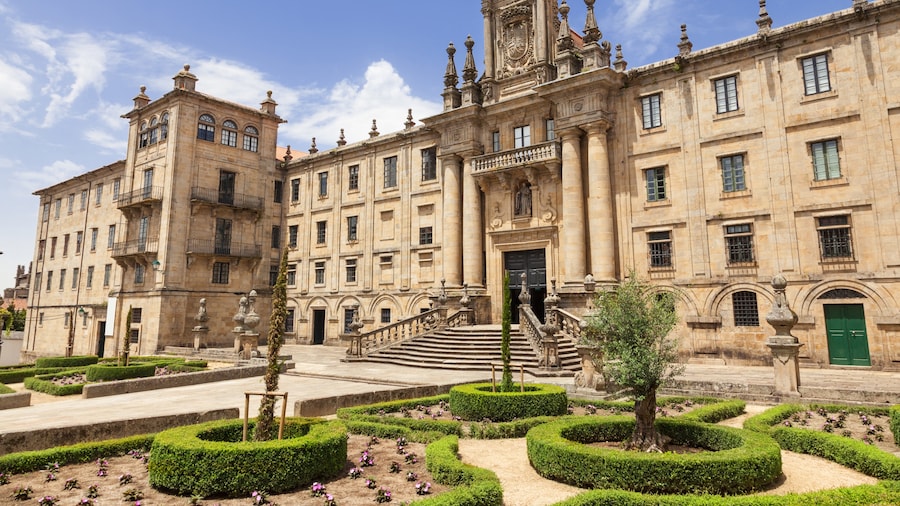
Convento de San Pedro Martir
Anda boleh pelajari tentang sejarah tempatan Toledo dengan singgah ke Convento de San Pedro Martir. Ketika berada di kawasan budaya beraneka ini, luangkan masa untuk melawat katedral yang mengagumkan.
Tawaran Hotel Terbaik
Semak ketersediaan hotel berdekatan Muzium El Greco
